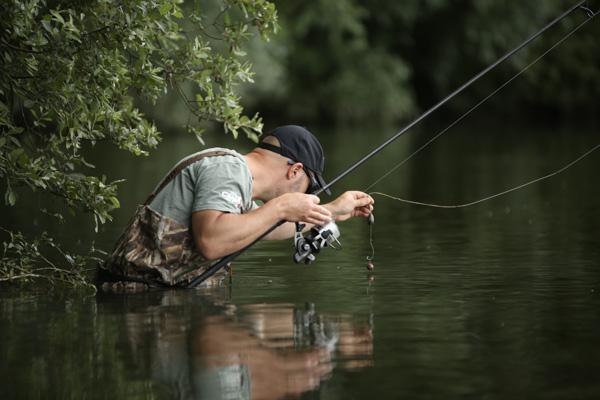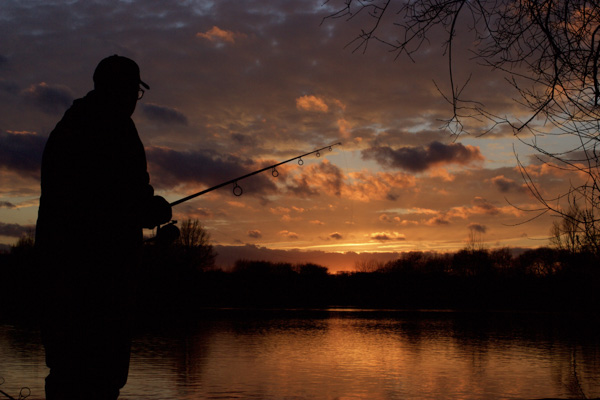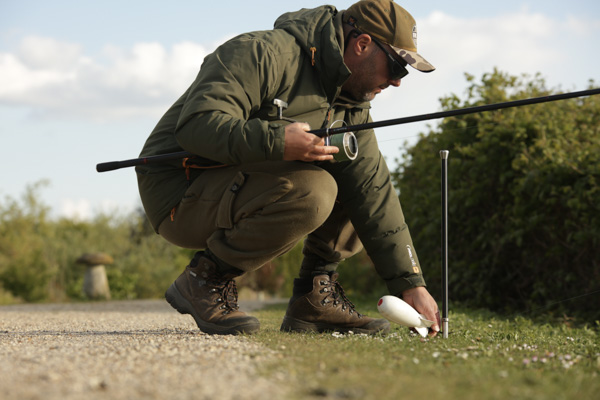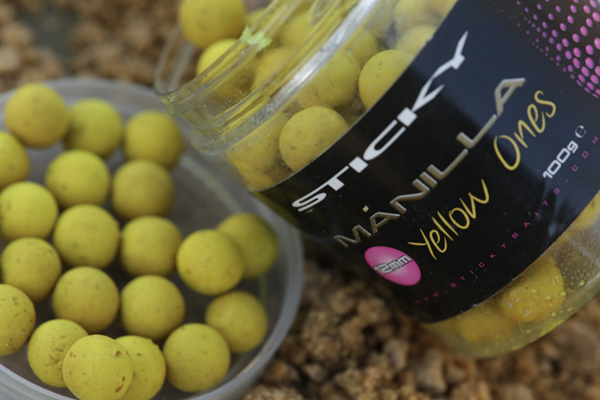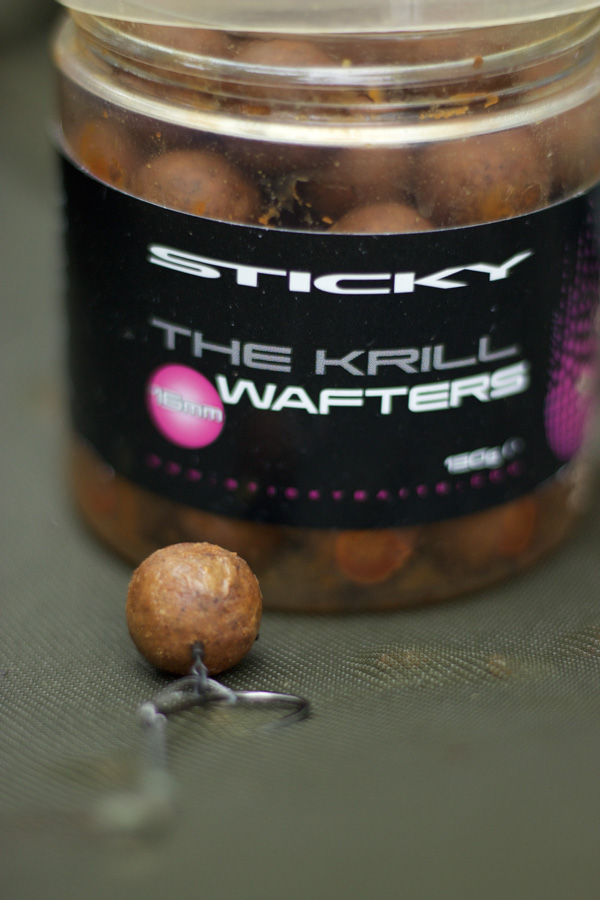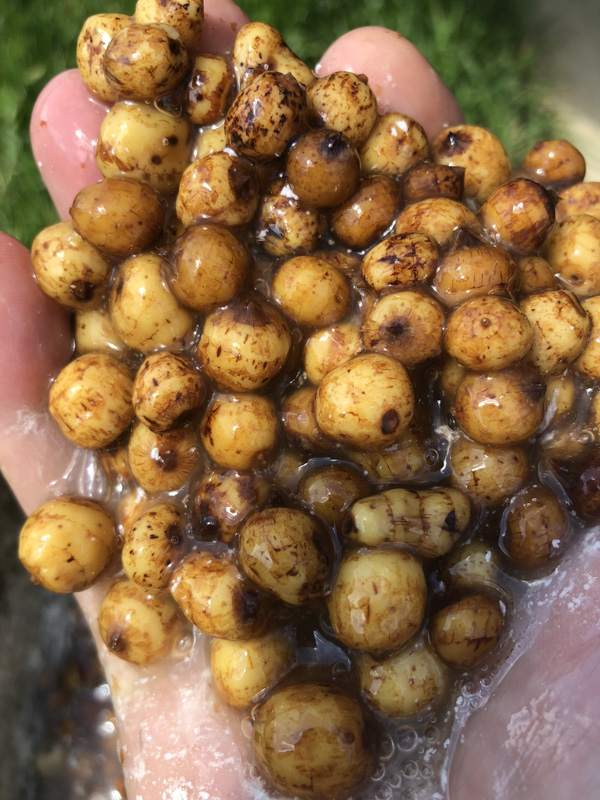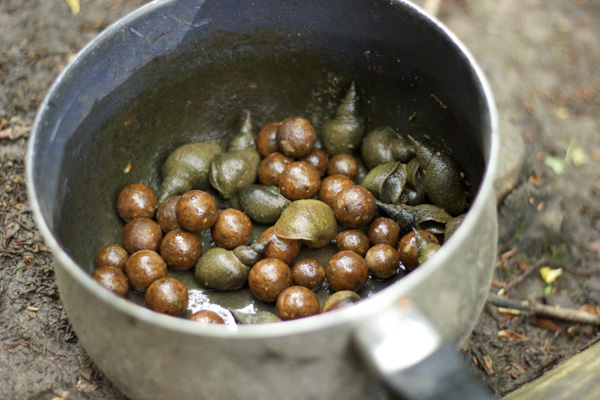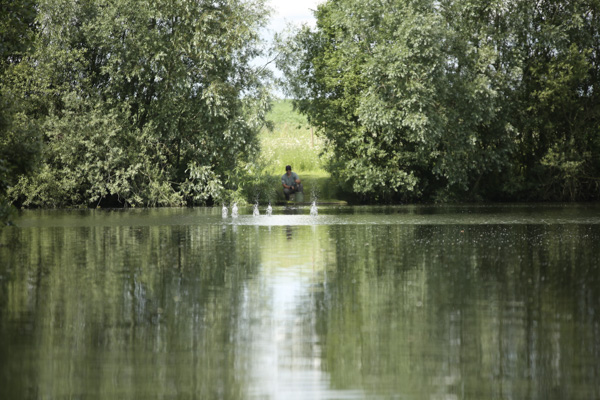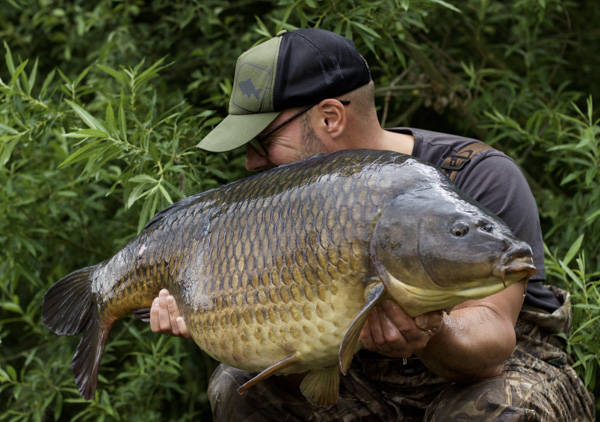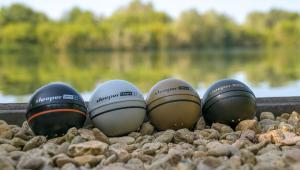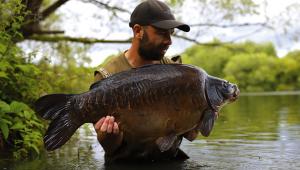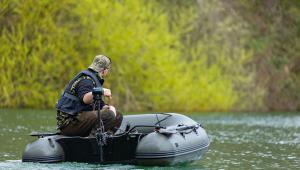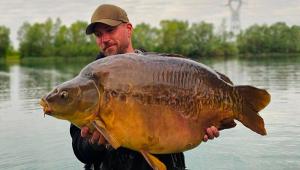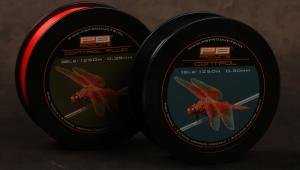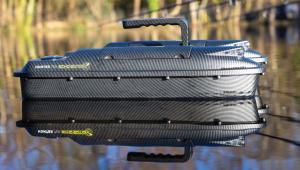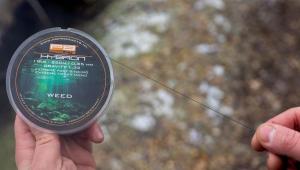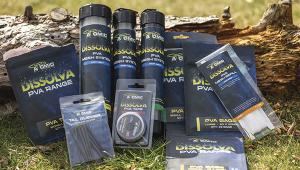INSIDE THE MIND | Dont be a follower
“The one who follows the crowd will usually go no further than the crowd. Those who walk alone are likely to find themselves in places no one has ever been before.” Albert Einstein
I’ve written many times before that if you follow the masses, you will arrive at the same destination as everyone else. Imagine for a moment that carp angling in the future consisted of all anglers sharing the same swims while casting to the same spots with the same rigs. In that hypothetical situation it would make it pretty hard to catch a creature that is usually doing its very best not to get caught, wouldn’t it?
The truth is that my description actually has a lot more grounding in current reality than it does in some artificial future one! Simply put, if we fish the same as everyone else, then we will catch the same as everyone else, and as we can see by looking around where we are fishing, an awful lot of people are not catching much at all. The level of predicability in our angling is now at an unprecedented level and it is having a huge, negative effect on our collective results.
A really big part of my angling revolves around the mental mind-set of keeping my approach steadfastly unpredictable, and this becomes more and more pertinent the more pressured the venue in question is. There is no doubt that carp fishing gets a little harder, year on year. One of the key reasons for this is that over the last decade, the average standard of most anglers suddenly got an awful lot better than it had been before. Almost overnight, a huge number of anglers had access to videos, blogs, a litany of printed media, superb bait, shared edges and even carp angling tuitions.
The upshot of all this was that a lot of anglers started catching a lot more fish. Years ago, I wouldn’t have dreamed of taking more than one landing net and nowadays I carry three – things have changed a lot! The inevitable payoff in the long term was that results would begin to decline again unless we kept ahead of the curve, because the reality is that the more we catch, the harder they get to catch.
Take a moment to consider how ruthlessly efficient the modern game has become. Not only do we hand sharpen our hooks to lethal effectiveness but we can repeatedly land on exactly the same spot and record where it is thanks to our wrapping sticks. There is no doubt that the modern carp angler is formidably equipped but carp are wild animals and to some extent they are able to move the goalposts and make themselves harder to catch – for every action there is a reaction.
The examples for this are plentiful and I think the evidence is irrefutable. If you’ve ever been lucky enough to fish a lake for carp that have been rarely fished for, then you will have been amazed at how hard the entire stock becomes to tempt after you’ve set barely a few hooks into a small percentage of them. They just seem to know.
Anybody who tells you carp are just dumb, mud-sucking water pigs is a fool but at the same time it is true that they are not super-clever and capable of intelligent thought. What they can do is learn by association, which means that a carp is able to recognise and avoid a trap that it has previously been either close to, or a direct victim of. They can also avoid danger simply by instinct – nature has gifted the carp with an abundance of acute senses and a determined desire to avoid trouble.
Let’s look at three key areas that would benefit from consideration if you want to separate yourself from the pack.
RIGS AND HOOK BAITS
If you are fishing a Ronnie rig with a boom of about eight inches, attached to a bright pop-up, then welcome to the ‘95 per centers’! Simply put, something like this or other variants have reached such a point of oversaturation that in my opinion, their effectiveness is far diminished from what it once was.
Consider bright hookers for a moment – we don’t loose feed any bright ones, every single one down there is attached to something sharp. As I have said before, the birds have realised this (we don’t hook nearly as many coots and tufties as we used to) and if they have sussed it, then you can bet the carp have! Of course fish do still get caught on bright, obvious ‘shouty’ hook baits and they always will but that is largely because those are the baits that most people use, therefore any carp that get caught will invariably be on them. It doesn’t mean that they are the most effective offering, it is simply a case of ‘in spite of’, rather than ‘because of’.
Here’s something totally radical for you to think about. How about switching to a straight bottom bait, fresh from the bag that all the others are sitting in. You know it’s really good stuff; after all, you put it out there expecting the carp to eat it, don’t you?! How about not glugging it, not tipping it with anything and then attaching it to a simple hair rig of maybe 10 inches long? Man, this is so radical it is blowing my mind just to think about it! That is how we always used to fish and we caught plenty along the way. Who do you know or see who fishes like this now?
A boilie lying on the bottom is not viewed as suspicious in any way by a passing carp. In fact it is usually seen as a perfectly safe and easily accessible food source – the last time things went south from picking one up was so long ago, the fish cannot even recall it!
Don’t worry that the carp won’t be able to find your lonely little boilie – they will, with ease. All you need to worry about is making sure the rig is untangled and presented in the right place. This is how I go about a lot of my fishing – give it a try, you will soon realise that we have gone full circle and now bright ones are viewed with caution while ‘natural ones’ are picked up without hesitation.
BAIT
There is a lot you can do with your bait to avoid being predictable. Lakes often have trends and can be either particle or boilie dominated. Bucking any obvious trend really can be beneficial and I can think of countless times it has paid off for me and friends of mine. There are loads of options you can consider that would probably be totally different to what the fish in your lake are used to seeing.
I know a couple of lads who do really well on nothing more flash than maize. Listening to them, you’d start to believe that there is little better and of course, being a lot tougher than corn, it is impervious to smaller pest species. One of my very best angling buddies uses Vitalin in almost all his fishing and has done for decades. This costs hardly anything (it’s a dry, bulk dog feed) and when scalded with boiling water it becomes carp fodder par excellence; they really can’t get enough of it. I mention these options simply because a lot of people seem to think that if you don’t have access to lots of boilies then you are at a serious disadvantage, but the reality is somewhat different!
Another good option is tigers; I use them a lot and always have done. Not as a constituent part of a mix as some do, but as a straight feed incorporating nothing else. Very few people fish like this and with the same on the hair it is a bait approach that will work anywhere, all year round.
Putting a little bit of bait regularly in unlikely areas can also pay dividends. No matter how busy a lake is, there are always little overlooked areas. A few years ago, I baited with whole 20mm boilies in the margins of a very pressured syndicate. Whole big baits were chosen because nobody else was fishing like that and I attached the same baits to my rig. The problem was how to bait up without everyone else knowing about it as even small boilies make a lot of noise when they hit the water. The answer was to bait up at night, using a pole and baiting spoon. That way, I could bait totally silently in an area that wasn’t actually fishable because of a few overhanging brambles. I did this for a couple of weeks and when I started to see that the area was getting regularly visited, I simply cut back the brambles and tied back a branch to get a rod in position. It was a neat way of creating an opportunity while protecting my own interests at the time and as I said, this was on a very pressured lake indeed.
SPOTS
There is no doubt in my mind that spots can quickly blow after a number of fish have succumbed from them. This seems to happen faster on lakes that don’t receive lots of pressure – the ‘danger message’ seeming to spread among the residents like the proverbial wildfire. On busy venues where fish are to some extent dependent on bait, the usual spots will often continue to produce because the residents know that food is often to be found there. However, even in these instances the fish will usually visit and feed with elevated caution; this can lead to lost fish through poor hook-holds as the fish feed more carefully, expecting danger to be present.
To avoid the pressure, some residents will readily exploit naturals and safer areas that receive little or no disturbance and it is these fish that get caught very rarely, often referred to as ‘odd ’uns’. Very often on a lake you will find that 90 per cent of the captures are made up from 10 per cent of the stock – the usual suspects, as it were. Catching the rarer fish is possible with a little thought and of course by doing things a bit differently to the norm. Instead of targeting the usual spots that everyone else does (you know the thing – 14 wraps to the edge of Ron’s bar and all that!) how about fishing in the silt, away from the known features, where you saw them bubbling at dawn? Along the years I have been fortunate enough to catch a fair few ‘odd ’uns’ and I believe that is purely down to being a little less predictable; after all, these fish are good at not getting caught for good reason!
On every lake there are tiny, overgrown swims, little quiet corners and suchlike that hardly anybody bothers with. Likewise, within the known, popular swims there are often opportunities to do things your own way and exploit things like the margins, the softer bottoms in open water and things like that while avoiding the half-acre of super-blatant ‘machine gun’ gravel that everyone else fishes to.
These are a few suggestions intended to get the grey matter stimulated. Look at your own fishing and ask yourself whether you are a clone of the guy in the next swim. Think outside the box and go get ’em!
- Log in or register to post comments
